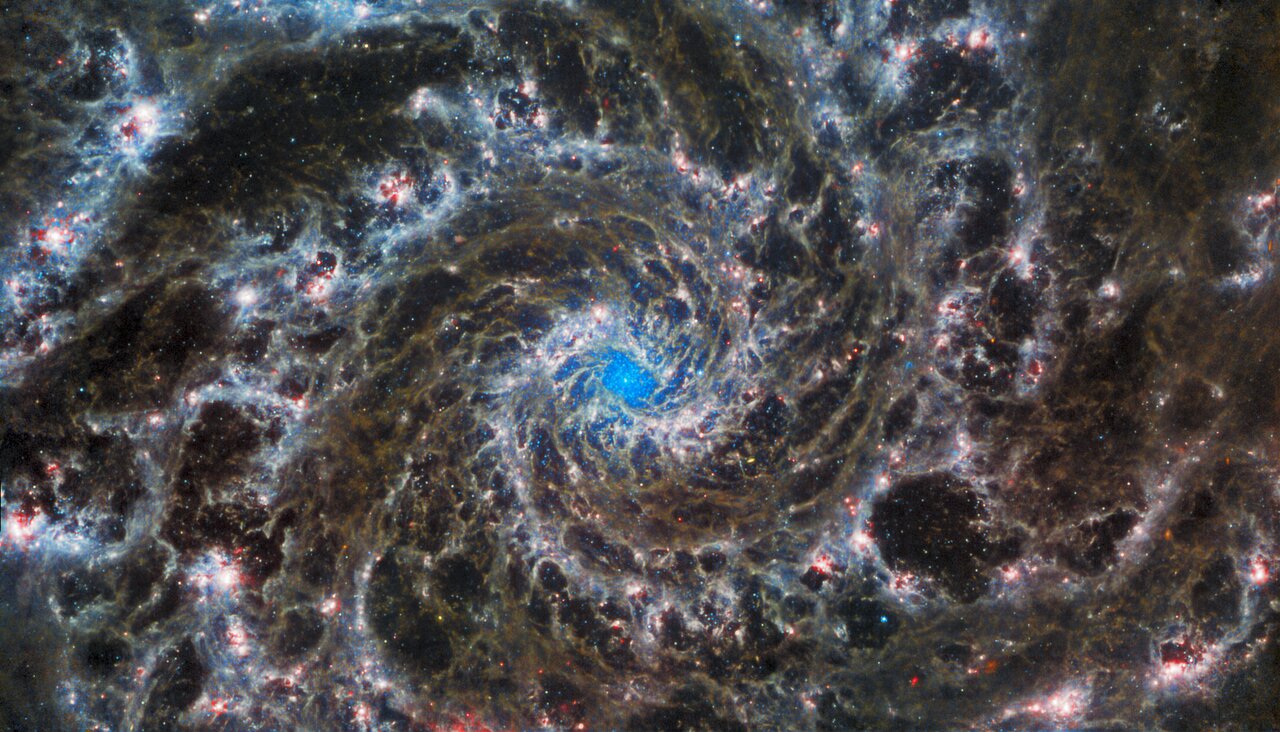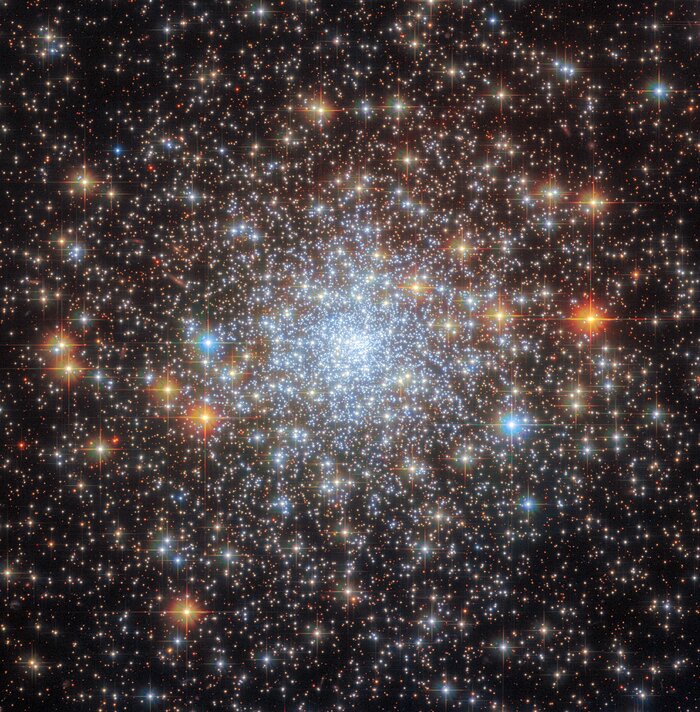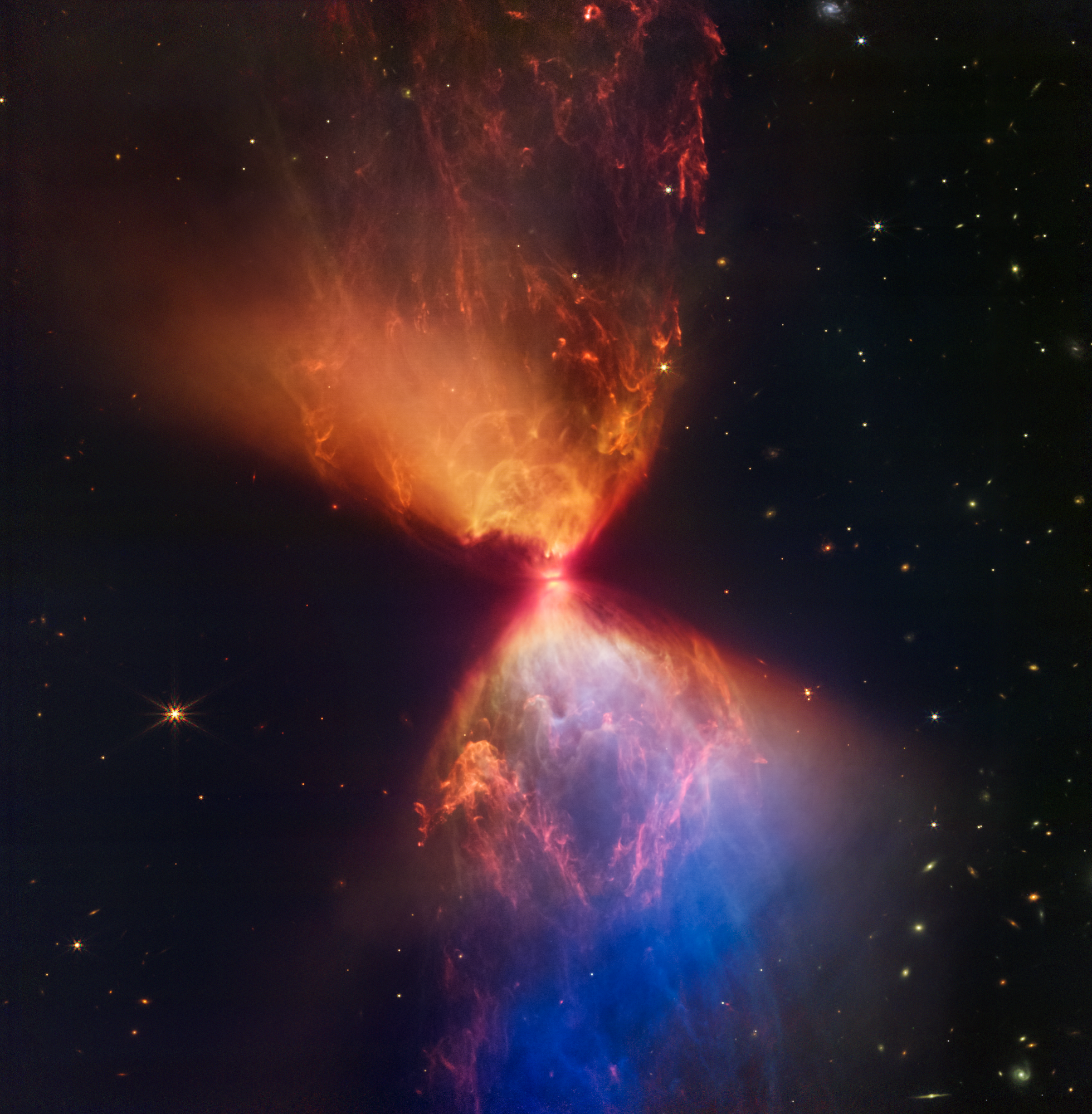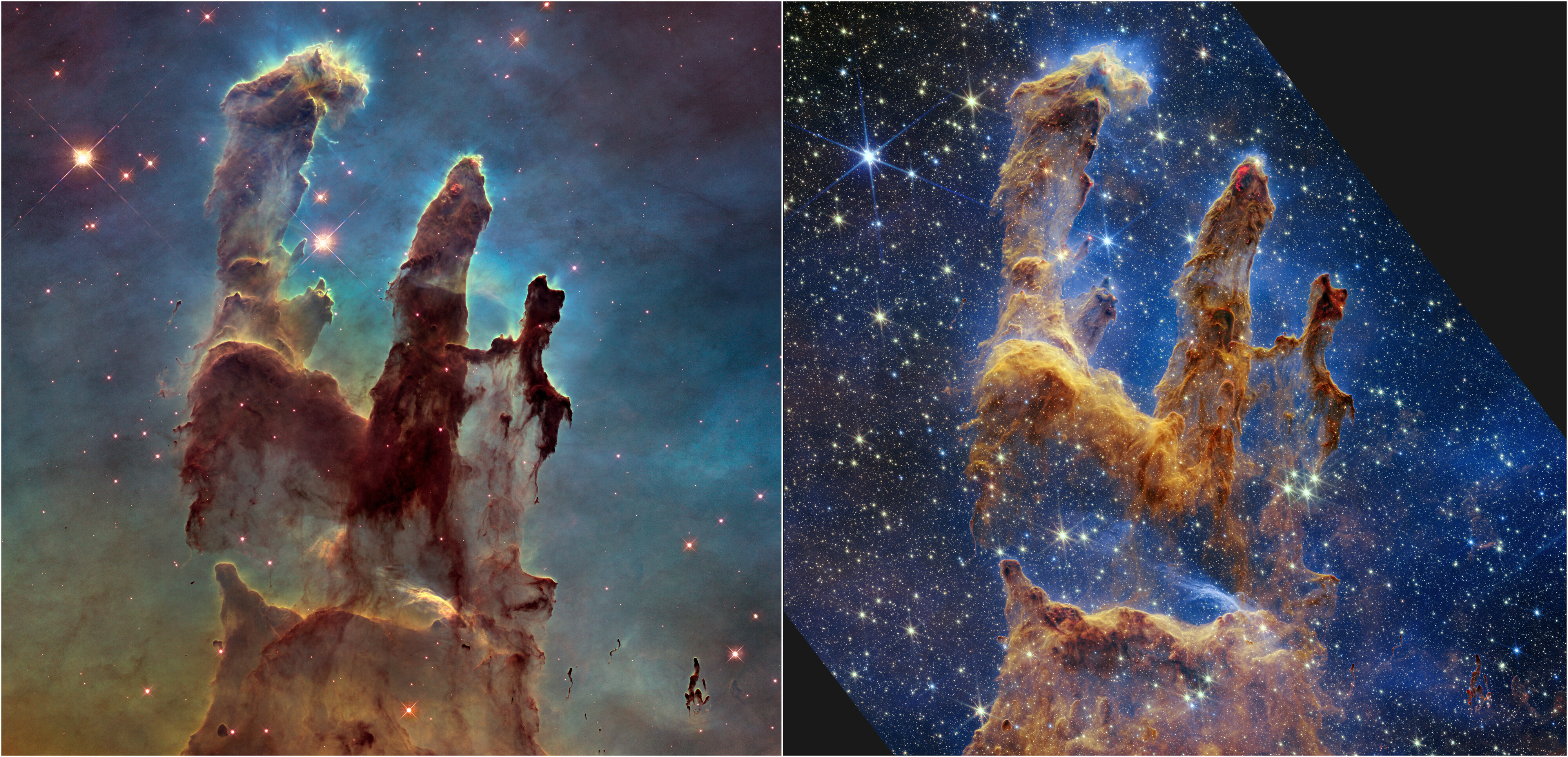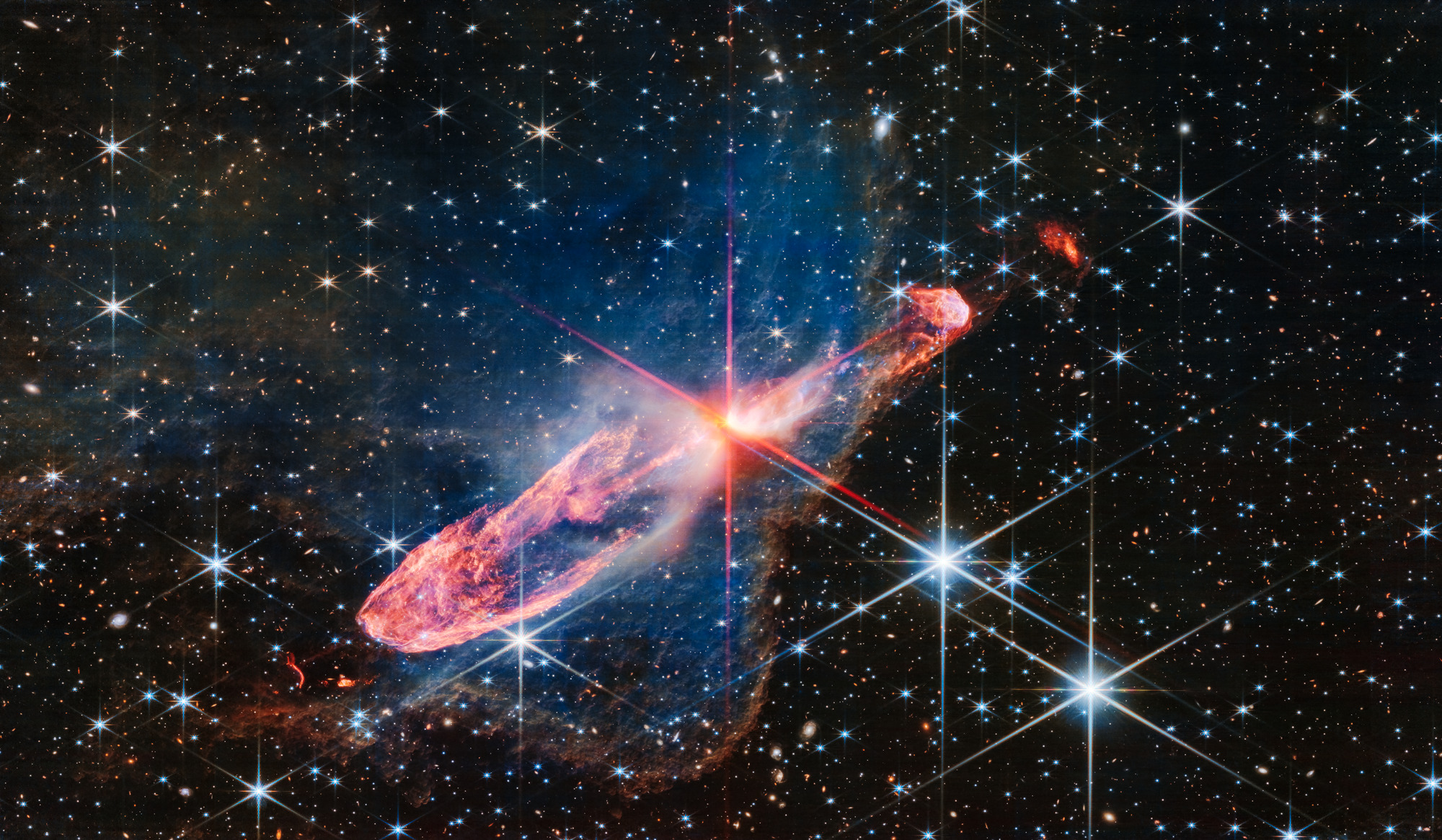Space Telescopes
99 readers
1 users here now
A community for post and pictures about the James Webb Space Telescope, Hubble Telescope, Spitzer, etc as well as other space images.
Only real pictures, no digital art please
Link source and credit all images.
founded 2 years ago
MODERATORS
1
2
3
4
5
6
7
8
9
